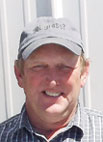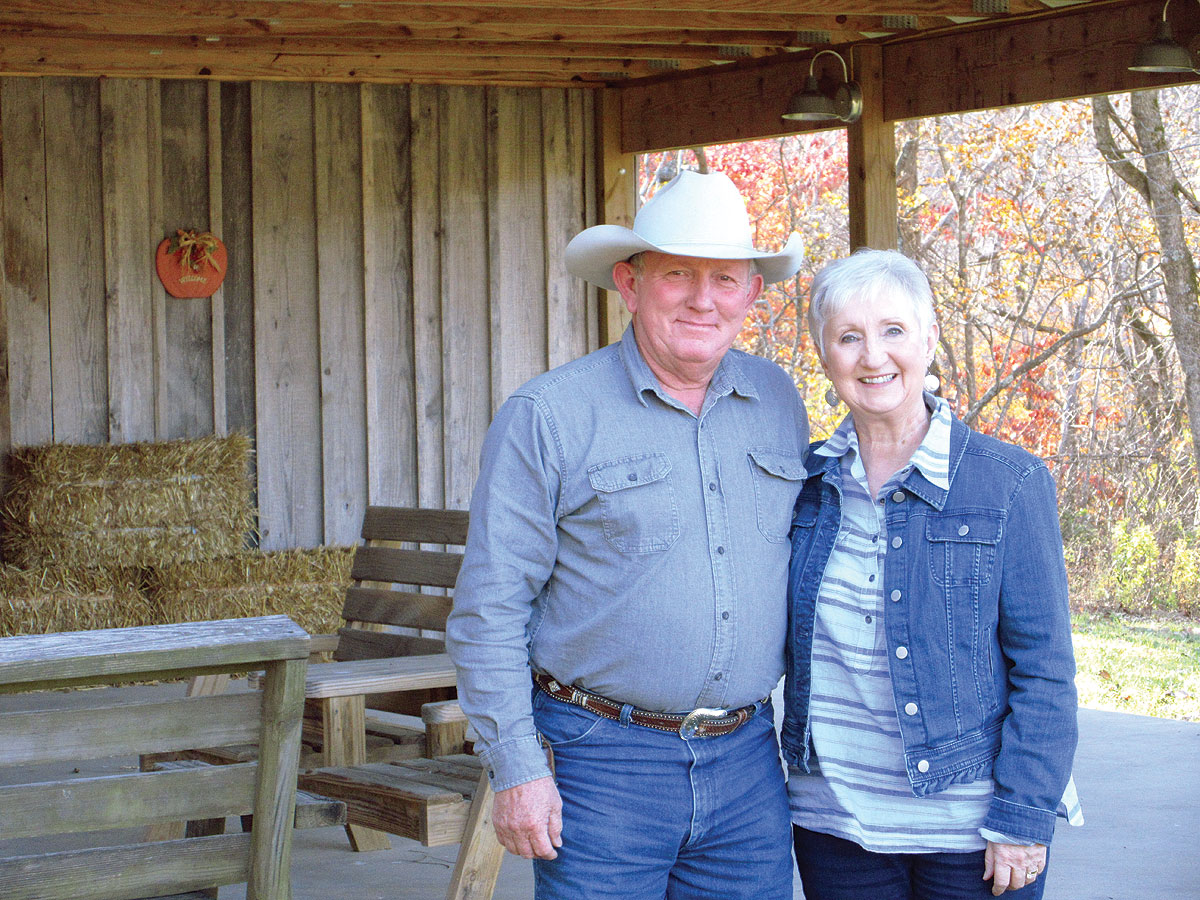
Approaching the 420 acres known as The Milkey Mile, west of Highway 39 between Stockton and Greenfield, Mo., it doesn’t immediately look like a dairy. Several outbuildings, grain bins and a building that could be the milking parlor; but none of the typical black-and-whites were seen right away.
“We milked 201 this morning,” noted Jeff Buckner, “They’re cross; Jersey, Shorthorn, Holstein…”
Jeff manages The Milkey Mile along with his parents, Kenneth and Barbara Buckner and hired-hand Aaron Jones plus Linda Johnson who feeds the newborn calves. Jeff’s wife Amy is a Special Ed teacher in El Dorado, Mo., but fills in whenever, wherever she can.
They’ve been at this location for 14 years. “I started three years prior to that in Fair Grove, Mo. John Huff gave me a fantastic opportunity to put some cows in with him. He gave me the opportunity to get my feet wet and get started.”
Jeff was quick to caution that, “We’re just common people trying to make a living. We don’t do anything fantastic or extraordinary.”
Keeping input costs low
“We do intensive grazing. Our milk cows get a fresh plot of grass after every milking.”
Barbara, Jeff’s mom, makes sure each paddock is ready for the next set of cows. “I was raised on a dairy. I didn’t think I would do it again but it’s easier now than when I was growing up, using pails. Here we fill the barn and milk them from behind.”
There are 80 plus paddocks; most around 10 acres each, with fresh water from one of four wells. A single high-tensile hotwire keeps the cows in between milkings, as they graze on alfalfa, beans, fescue and wheat. “We try different stuff all the time,” Jeff added.
Quality pays the bills
Livestock producers know that hybrid vigor makes for a better animal. That same principal works for milk as well. “It doesn’t matter how much you’re producing if your milk has low components,” said Jeff, who sells to Central Equity Milk Coop and is paid for fat, protein and other components.
This higher fat-and-protein-milk might end up in condensed or evaporated milk.
“If you sell a smaller amount of milk with higher components you are going to be paid more money,” added Jeff.
A look at one of his spreadsheets provided some examples. “This tells me a lot of information – how much milk, her fat test, her protein. This…”, pointing at a far right-hand-column, “is how much she made over feed each day. This cow gave more milk but made less money. This cow (a few lines above) has a better fat test, a better protein test – three pounds less milk, but she made more money.”
Culling and reducing debt
Jeff has a low cull rate but he will cut them loose. “I try to at least make $2 (per/day per/cow) if I’m going to run them through the barn.
“My goal is to lay back and not push so hard which gives us the opportunity to sell 50 heifers a year to drop debt.”
His cows last longer so he is able to sell off more heifers rather than use them as replacements.
“We get caught up in trying to push and push for production and we burn the cows up quicker. We have to replace them. We lose the longevity of what we’ve got,” Jeff said.
Passing the torch
“In 20 years I won’t be milking cows.” Jeff has talked about how he started under the guidance and help of a friend and mentor.
“I’d like to see these boys take over. I’d like to see that I’ve been able to take somebody with nothing and help them build something.”
Aaron has been working with Jeff for only six months but already has a good start. Aaron said, “I have 10 right now in the herd. It might take 8 to 10 years but by then I’ll have enough experience to run my own place. We are getting me ready to run my own place. If I can run this farm, I can run mine.”
Jeff chimed in, “If you go to college, you pay to learn. But if you come here and get 10 cows, you get paid to learn. Aaron has his money invested in income-producing assets, not metal. He can run off my investment in metal and grow much quicker.”
Jeff emphasized how much help he gets from the entire team: his parents, farm-hands and others. “My uncle Kenny, told me that ‘you are just like a wheel – what you wrap around you determines whether you roll or go flat’.”
And finally, “If we don’t get young people into this business…” Jeff stops to rephrase, “Without other dairies around me… it doesn’t do me any good if I’m the only dairy in this area. With 200 cows I can’t fill a truck. I need other people around me. Without them I’m not going to be successful.”







